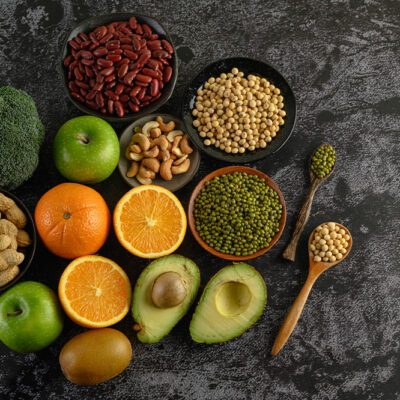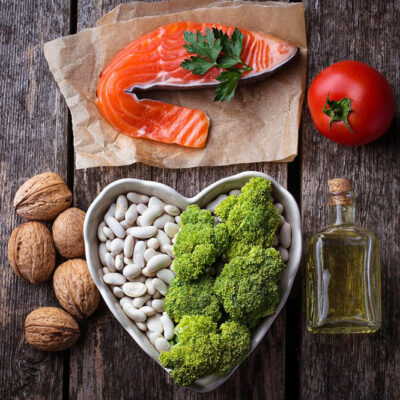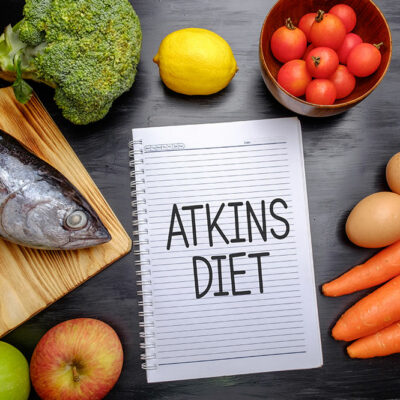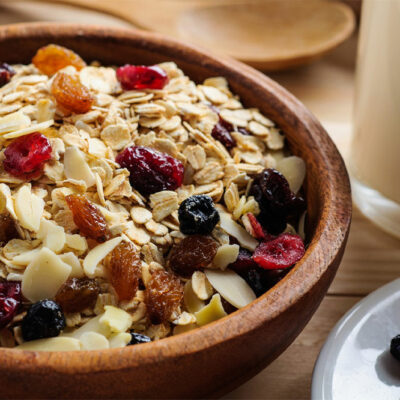
health
Best foods for managing health issues
Food plays an important role in managing health issues. A deficiency of certain vitamins and nutrients can lead to complicated health conditions that need to be treated and managed through lifestyle changes, including better food choices. Such modifications can help one prevent complications and avoid triggering symptoms. So, one can opt for the following nutrient-rich foods, along with a healthy and sustainable lifestyle, to help them manage common health conditions: Food and heart health Studies suggest that a heart-friendly meal consists of fruits, vegetables, nuts, whole grains, and omega-3 fatty acids. Fish oil and olive oil are known to be beneficial for managing and reducing inflammation that could lead to heart diseases. Nuts and seeds, like almonds and pumpkin seeds, are known to reduce one’s risk of developing blood clots. Nuts and seeds can also lower the LDL cholesterol levels in the blood. One should, however, watch out for excessive salt in packaged nuts and ensure that they only have a handful of nuts and seeds in the day. One should consider adding whole grains rich in vitamin B, like oatmeal, quinoa, and brown rice, along with various antioxidant-rich fruits and vegetables like cantaloupe, spinach, sweet potatoes, carrots, and cod liver oil.




















